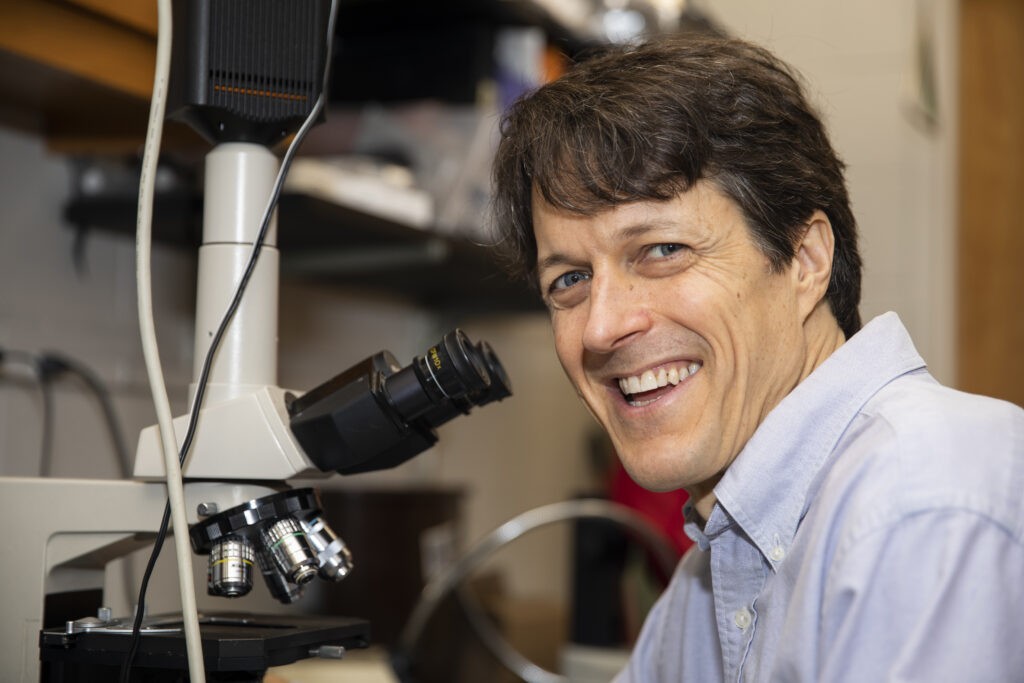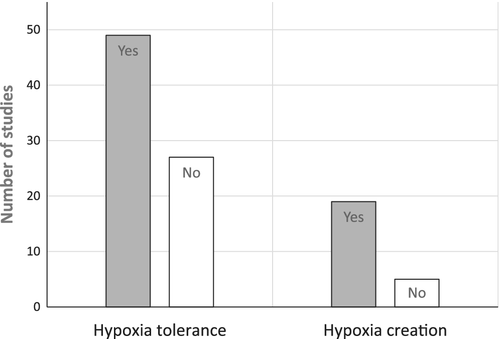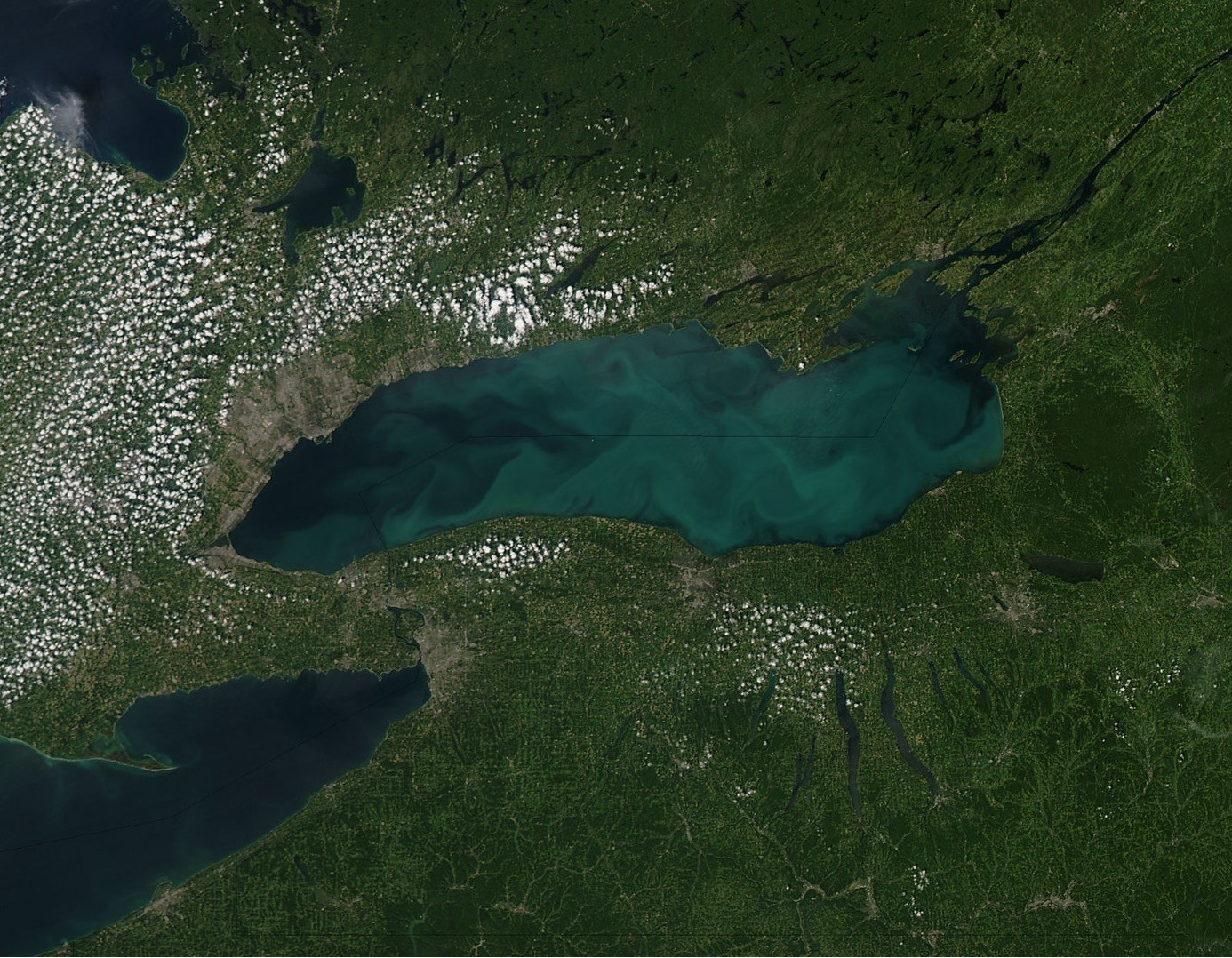A recently published study may guide the future of invasive species and hypoxia research
There is a critical need to explore two of the biggest environmental threats—invasive species and hypoxia, or low levels of oxygen dissolved in a body of water—side-by-side, according to a new literature review conducted by a team of Odum School of Ecology researchers.
The study, published in Biological Reviews, underscores gaps in aquatic ecology research and offers scientists a clear next line of study on two of the largest global environmental stressors.
“These two issues separately had been seen as really big problems—exotic species introductions and hypoxia. You see a lot of literature on both,” said Jeb Byers, who helmed the project. “We were just putting two-and-two together, and thinking there could be this possibility for synergism between those, particularly with aquatic invaders.”
Byers, professor and associate dean at the Odum School of Ecology, served as lead author on the project, which examined 100 studies on hypoxia and non-indigenous, or invasive, species. Over the course of a year, the team tackled four or five papers at a time, extracting the relevant information and creating a large database.
Sixty-two percent of the studies found that invasive species do better than native species in little-to-no oxygen environments. But most studies only looked at the impact of low oxygen and invaders on one species, limiting their scope. Exploring the interaction between invasive species and low oxygen at the larger level of communities and ecosystems is critical, according to the researchers.

“Understanding how these things play out at a larger level is one of the things we found is missing,” said Byers. “It’s really needed for management.”
If invasive species actually create low oxygen in a body of water—a question only one-quarter of studies explored—managers may only need to tackle one issue. Identifying and eradicating a hypoxia-creating invader would kill two birds with one stone, alleviating both problems at once.

Certainly, the problems of exotic species and depleted oxygen are ours to fix. They’re exacerbated and created by human activity, Byers explained.
Invasive species are transported through human movement. Millions of metric tons of ballast water, held in ships for stability during transit, are dumped in U.S. ports each year. Each ton contains anywhere from 1,000 to 10,000 zooplankton organisms.
“It’s a compelling topic…these anthropogenic changes that we’re imposing on systems are not acting in isolation. They tend to compound one another,” he said. “Often, you have climate change, interacting with invasive species, interacting with pollution.”
It’s a chain reaction. Human-driven climate change leads to warmer water. Since warmer water holds lower levels of dissolved oxygen, it in turn creates hypoxia.
“I think the biggest contribution of this paper is just bringing this issue to people’s consciousness,” said Byers.
Co-authors on the study included Odum Ph.D. student Julie Blaze, undergraduate students Alannah Dodd and Hannah Hall and Paul E. Gribben, professor at the University of New South Wales in Australia.

